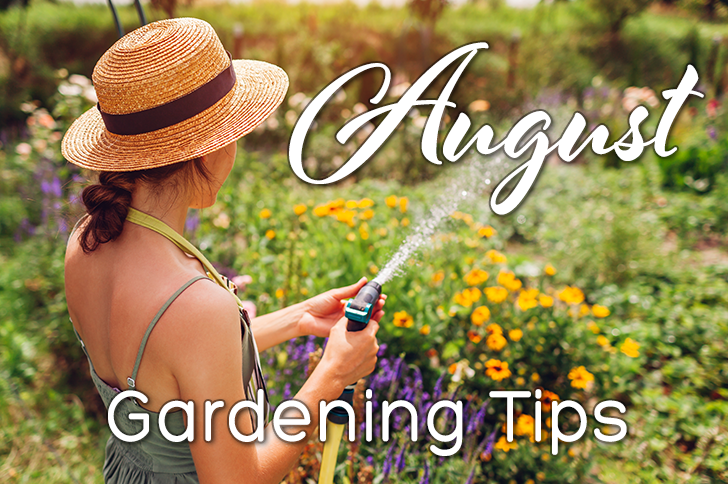Here are some helpful August gardening tips for Eastern North Carolina (Zone 7b–8a) to keep your garden thriving through the late summer heat and prepare for the fall:
🌞 General Garden Maintenance
- Water deeply and early in the day: Aim for 1 inch per week. Water in the morning to prevent disease.
- Mulch to retain moisture: A 2–3 inch layer of mulch will help regulate soil temperature and retain water.
- Weed regularly: Weeds compete for water and nutrients, so stay on top of them.
- Watch for pests and diseases: Look for signs of spider mites, aphids, Japanese beetles, and fungal issues like powdery mildew.
🥦 Vegetable Garden
🌱 Start Your Fall Garden:
August is prime time to start cool-season crops from seed or transplants:
- Direct seed:
- Carrots
- Beets
- Turnips
- Radishes
- Collards
- Transplant or start indoors:
- Broccoli
- Cauliflower
- Cabbage
- Kale
- Succession planting: Keep planting quick crops like bush beans, squash, and cucumbers early in the month.
📆 Tip: Use shade cloth for young seedlings to protect from intense sun.
🌺 Flower Garden
- Deadhead spent blooms to encourage continued flowering.
- Cut back leggy annuals like petunias or coleus to rejuvenate them.
- Sow seeds of fall bloomers like pansies and snapdragons now for fall color.
- Divide and transplant irises and daylilies late in the month.
🌳 Lawns & Landscaping
- Mow high: Keep grass 3–4 inches tall to reduce stress from heat.
- Don’t fertilize warm-season grasses yet: Wait until early September to apply fertilizer.
- Avoid heavy pruning: Pruning now may promote tender growth susceptible to fall frost.
- Inspect trees and shrubs for storm damage from summer thunderstorms and trim only as needed.
🐝 Pollinator Tip
- Keep nectar plants blooming (like zinnias, lantana, and black-eyed Susans) to support bees and butterflies, especially monarchs heading south.

